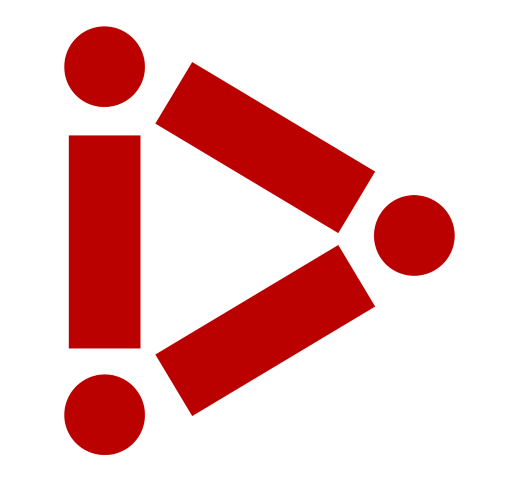Team Solace Takes First Place at Philips Student Service Design Challenge
After months of rigorous competition, a group of CMU students impressed the jury with their design to improve wellness in the community, Solace.
By Kaitlyn Stossel
The Student Service Design Challenge, organized by Philips Experience Design, is the world’s largest design competition that celebrates and encourages the next generation of designers. This year, the first place title was snagged by a team of four Carnegie Mellon University (CMU) students who call themselves Team Solace.
Team Solace is composed of Aman Sinha (MIIPS ‘23), Daisy Dai (MHCI ‘23), Dina Kaganer (MIIPS ‘23), and Saisri Akondi (MIIPS ‘23).
The competition began back in November 2022 and came to a conclusion this June when the winners were announced. This year's brief was a challenge to increase wellbeing for an overall happier society. Over 90 teams initially applied to the competition, and after a rigorous selection process, those applicants were narrowed down to 20 finalists.
“Participating in a competition that lasted several months was an eye-opening and humbling experience,” the team said. “Our journey began in November, where we delved into the healthcare challenges prevalent in our society.”
After one of the team’s members shared her experience witnessing her aunt’s battle with ovarian cancer and the struggles her uncle faced as the primary caretaker, the rest of the team resonated deeply with the topic, and Solace was brought to life.
Team Solace worked tirelessly for months to perfect their product, a digital service that supports caregivers of terminally ill loved ones. Through Solace, caregivers discover unwavering assistance, understanding, and community.
“Solace serves as a platform to connect caregivers with care teams, offering personalized well-being toolkits and fostering community networks. Through Solace, caregivers find unwavering assistance, understanding, and a supportive community that alleviates their burdens and empowers them throughout their caregiving and bereavement journey.”
“We had the privilege of engaging with numerous remarkable caregivers who have dedicated their lives to the welfare of their loved ones,” the team said.
Because of the sensitivity of this topic, collecting research posed a challenge for this resilient group. Finding participants was not an easy task, so team Solace had to get creative.
“We turned to our personal networks for assistance and the response was overwhelming,” the team said. “We learned how to approach caregivers with sensitivity, empathy, and respect, and we began to ask meaningful and dignified questions. The support we received from caregivers shed light on the importance of early support, mental health care, logistical assistance, and the need for a sense of community during such challenging times.”
After months of designing Solace, the team was honored to make it to the final round in which they presented their product to the jury.

The jury had glowing feedback for Solace, stating, “The project truly impressed us with its innovative and impactful approach. The team conducted thorough research, demonstrating a deep understanding of the problem at hand and considering similar existing systems. They had extensive interactions with stakeholders, showcasing their commitment to understanding the caregivers' true needs. Team Solace's service concept addresses a significant social challenge that is often overlooked, highlighting its dedication to making a positive difference. The design combines a focus on the individual with the involvement of the community. Beyond its innovativeness, it considers affordability and accessibility, ensuring it can benefit a wide range of individuals.”
The win is a huge accomplishment for the team, as it validates the hard work that these students have put into Solace throughout a series of months. Not only did the team secure first place, but its members learned how to respectfully interview and communicate with caregivers who are in a vulnerable situation.
Moreover, the team walked away with valuable skills in storytelling and a capacity to approach a problem from multiple perspectives, not only highlighting their design skills, but business and engineering as well.
“Winning this challenge holds significant meaning for us,” the team said. “We are proud that our concept strikes a balance between addressing the emotional needs of caregivers and providing a practical solution. It was a tremendous responsibility for us to accurately and compassionately communicate their experiences, and winning this challenge affirms that we were successful in doing so.”
“Ultimately, winning this challenge signifies the impact we can make in the lives of caregivers and reinforces our commitment to continue working towards improving their well-being.”
What's Next for Solace?
"The next phase for Solace holds exciting prospects as we continue to develop and refine our concept. We have the privilege of participating in a design incubator with Philips, which offers a valuable platform for further advancement. Our aim is to enhance the concept and remain open to learning and making any necessary pivots along the way. The incubator provides us with numerous educational sessions where we can glean insights from experienced innovators in the healthcare field."
